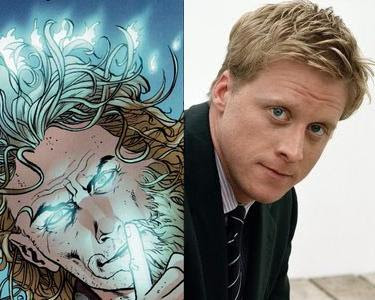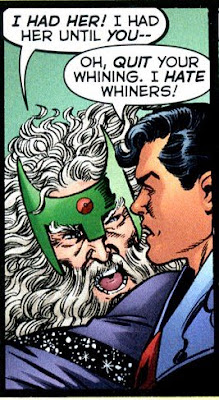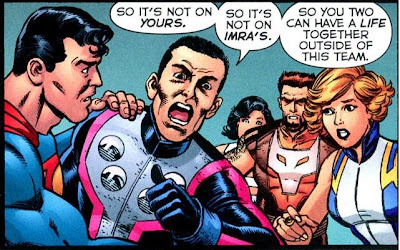
I'm fascinated by the idea of partnerships where one complements the other. Taken on their own, they are talented people, and they can produce good work if paired off with another partner, but together they provide a unique magic that is distinctively theirs. So, while Paul McCartney has written good songs with Elvis Costello and Morrissey has released great material with Boz Boorer and Alain Whyte, their works are and will always be judged by their previous partnership (Lennon for the former and Johnny Marr for the latter). I realize that this is not fair to all involved, but to me, that’s the ugly truth. Suede's songwriting core, Brett Anderson and Bernard Butler, also fits that bill. i do not completely understand the circumstances that tore them apart, but in the brief time they were together they managed to release 2 classic albums that heralded (but not part of) the Britpop scene and now have become sadly forgotten by the hip cognoscenti (really, take a look at all the Best Albums lists in the last then years, and none have any Suede in them). Now this is a sad thing. Because Suede released one of the greatest albums of all time in the form of their sophomore effort, “Dog Man Star”.
It’s dark and pretentious, but this is one of those rare instances where it benefited from those traits. If the debut is full of rough’n’ready anthems, then this one is more experimental, with several songs lasting past the 7-minute mark. And for such a gloomy record, its moments of light pack a powerful, energizing punch. The effect is like tasting freedom after a long period in physical captive and mental anguish. Thus after the funereal “Daddy’s Speeding” we have the uplift of “The Power” (“Give me give me give me the power/and I’ll make them bleed”) and the eventual release of “New Generation”. The cumulative effect is, well, you have to experience it yourself. Now when people describe a record as “atmospheric” and “moody”, often that means it has a deficit of tunes. But happily, Anderson and Butler’s pop instincts are still generously employed. Never is a song overwhelmed by its instrumentation, the impressive details never obscured by the overblown production. Producer Ed Buller made sure that beneath the grand gestures are solid, memorable melodies. Aaah, yes, the melodies. This album is rich with them. Sometimes it hit you with obvious hooks (“New Generation”, “The Wild Ones”, still two of their greatest achievements), but sometimes it’s very subtle (the slow-burn of “Asphalt World” and “The 2 Of Us” force us to pay attention, but don’t worry, the reward is well worth it). This album was released in 1994, and its dark, despairing mood is a stark contrast to the burgeoning Britpop scene. Maybe that’s why, along with The Stone Roses’ Second Coming, it’s overlooked amid the chin-jutting sneer of Liam Gallagher and finger-pointing gestures of Jarvis Cocker. When Britons were obsessed with message centers, laddism, class wars and walks in the park, Anderson’s sense of iconography is more old-timey/classic and mostly USA-centric. The spirit of Hollywood legends Marilyn Monroe, James Dean and Marlon Brando inhabit these songs. Once Britpop hit big the following year, Suede fell under the shadows of Blur and Oasis, but dark clouds were already gathering even before the album got released. Butler quit/got fired, and many who considered him to be Suede’s chief musical architect talked of an uncertain future for what was once England’s brightest hopes. However, things took a rather interesting turn. Butler hooked up with David McAlmont to produce two sublime slices of indie-soul (later compiled into an LP, The Sound of McAlmont Butler) and Anderson picked up 2 unknown musicians, 18-year old guitar prodigy Richard Oakes and keyboard-player Neil Codling. With them, Suede produced “Coming Up” in 1996, which was praised for its immediacy and largely buoyant mood (almost the opposite of “Dog Man Star”) before calling it quits in 2003. No matter, because once the history books are revised, Suede would surely be reserved a place in the upper echelon, and their crowning achievement would always be their magnificent second album.















+%235+pg00.jpg)

+%234+pg00.jpg)


+%233+pg00.jpg)

+%232+pg00.jpg)

+%231+pg00.jpg)



















